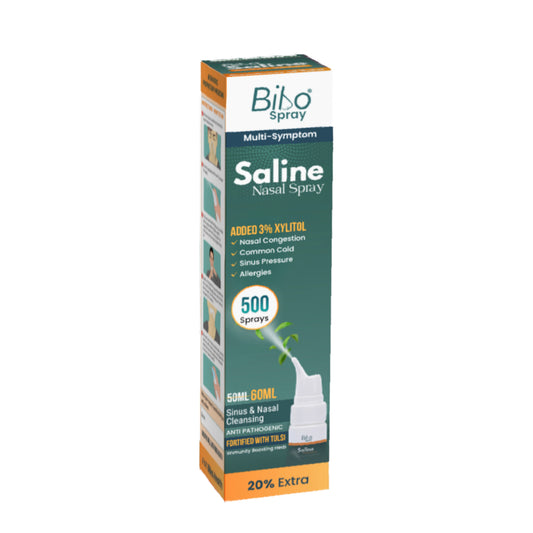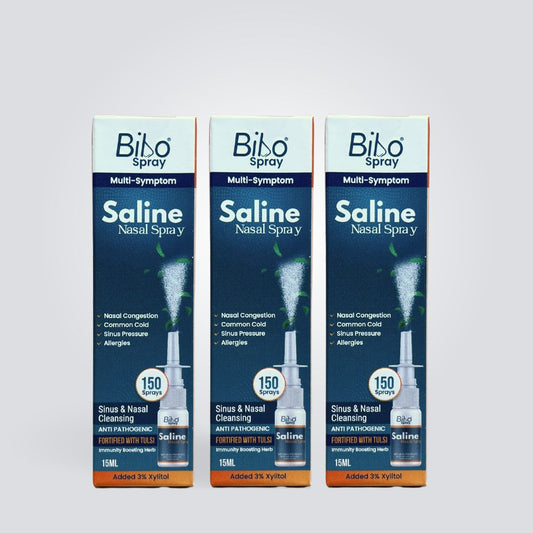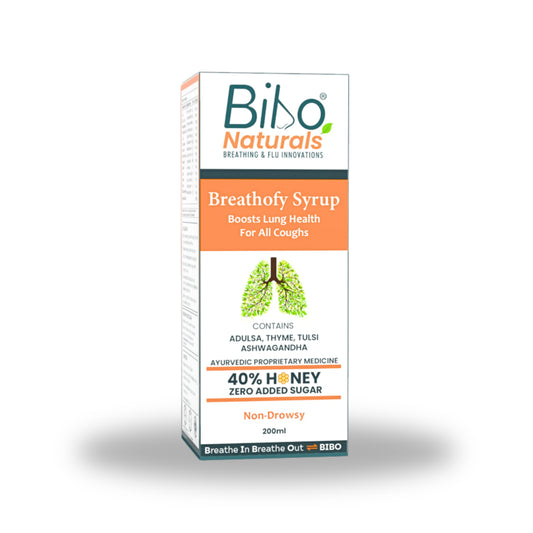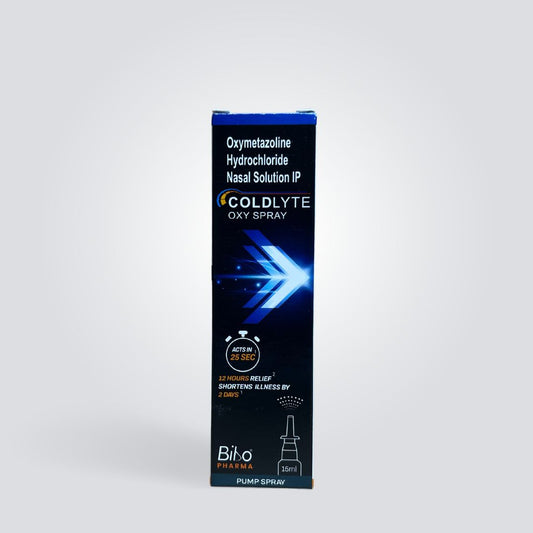
Millions of people in India are affected by sinusitis each year. To combat such a huge toll, Rhinologists are using modern methods with effectiveness. Despite advances in technology, people still have misconceptions regarding sinusitis. These myths are producing difficulties in the potent and productive treatment of the disease. Understanding these six myths will help you in better treatment of the disease.
- Sinusitis is a contagious disease

Sinusitis is not a contagious disease. Some people consider sinusitis an infectious disease and take preventive measures accordingly. Common colds and flu are viral infections and highly contagious but sinusitis is not. People may get viral infections from a cold patient which may lead to sinusitis but a sinus patient can not affect the others.
- All sinus headaches are caused by the sinusitis

-
The common cold that is caused by the viral infections
-
An allergic reaction that leads to swelling in sinuses but not an infection
-
Migraine is the most important cause of chronic sinus headaches. More than half of the patients suffering from sinus headaches have migraines.
- Decongestants spray can help you breathe

Decongestants are drugs that relieve a stuffy nose. They are used for temporary treatment. They are not effective for long-term treatment due to toxic effects on the Cardio-vascular system.
- Antibiotics are necessary for sinus infection

Sinusitis is caused by either viral or bacterial infection. Viral infection is temporary and the patient can recover on its own. Moreover, viral infections are not treated with antibiotics. Antibiotics are only used when the infection is bacterial and the patient is not responding to usual medication such as antihistamines, decongestants, and inhaled steroids.
- Green and yellow mucus indicates a bacterial sinusitis

The most prominent sign of chronic sinus infection is green or yellow mucus. Either the infection is bacterial or viral the color of mucus remains the same. Because the color of the mucus is due to the dead white blood cells fighting against the pathogens. If you want to confirm the causative agent, you must visit a rhinologist or sinus specialist. He will examine the infection and take the culture to determine the cause.
- Sinus surgery does not work

Surgery is the only treatment when all other methods of treatment fail. Sinus operation is a successful treatment of chronic sinus infection. It is the most common myth that sinus surgery is not productive. But the fact is that sinus surgery is the only treatment that can recover your quality of life when the rest of the systems leave you alone.
References
- Kim, S. M. (2019). Definition and management of odontogenic maxillary sinusitis. Maxillofacial plastic and reconstructive surgery,, 1-11.
- Little, R. E. (2018). Odontogenic sinusitis: A review of the current literature. Laryngoscope investigative otolaryngology, 110-114.
- Workman, A. D. (2018). Odontogenic sinusitis: developments in diagnosis, microbiology, and treatment. Current opinion in otolaryngology & head and neck surgery,, 27-3.




